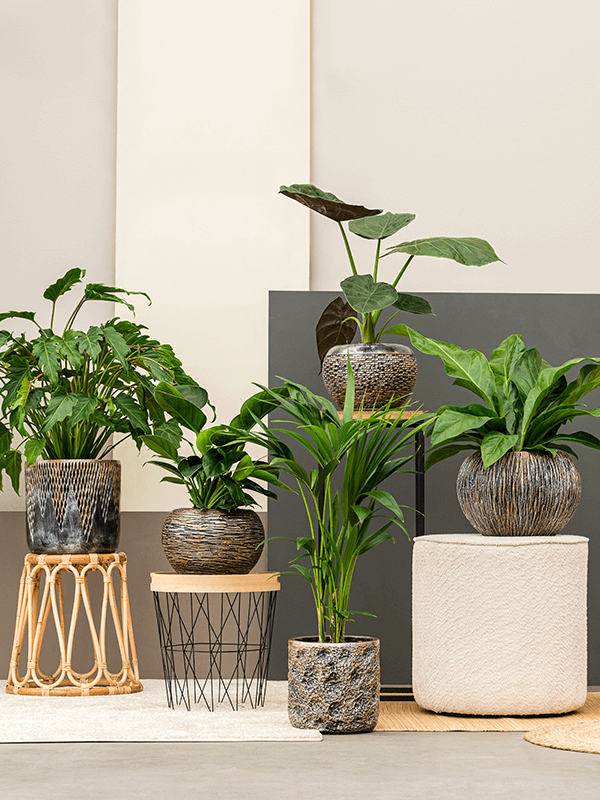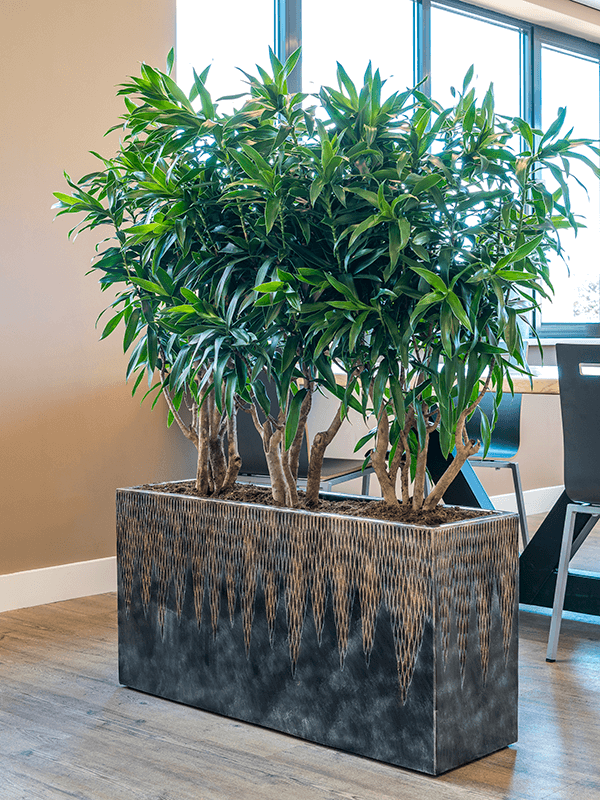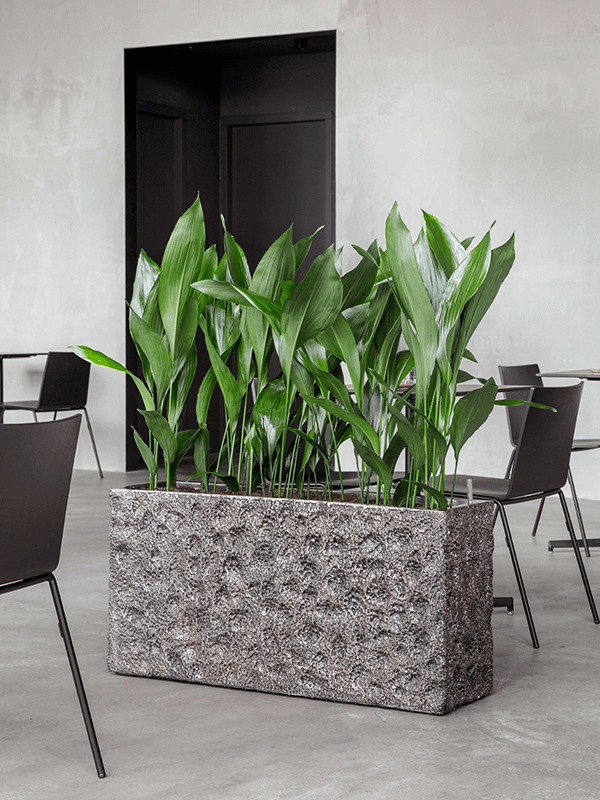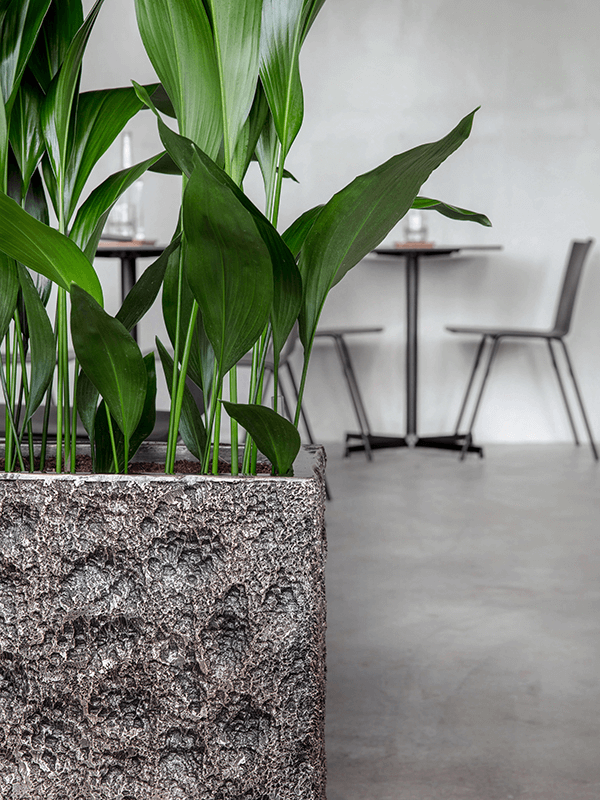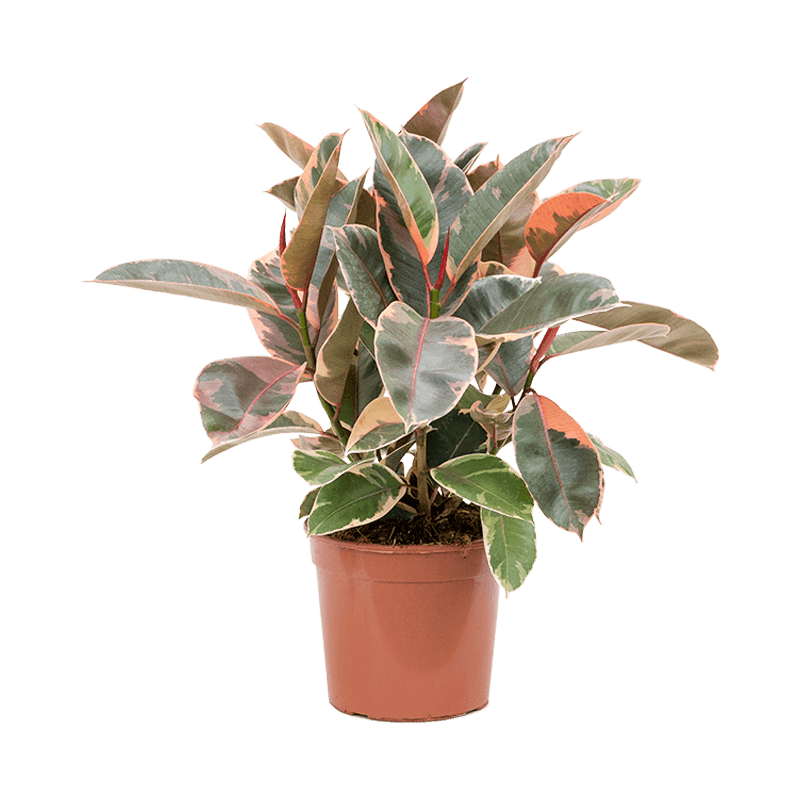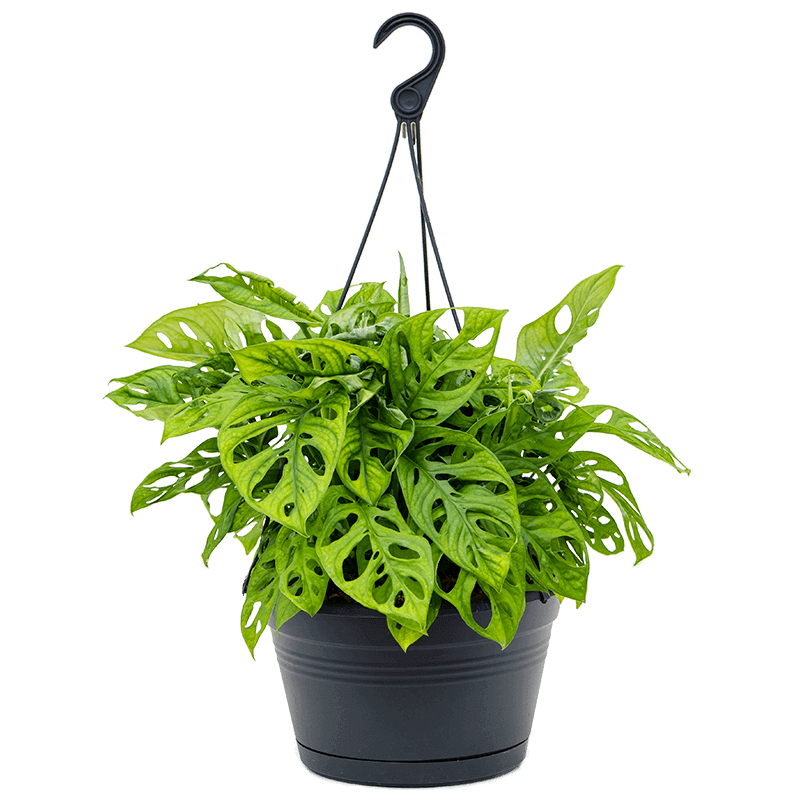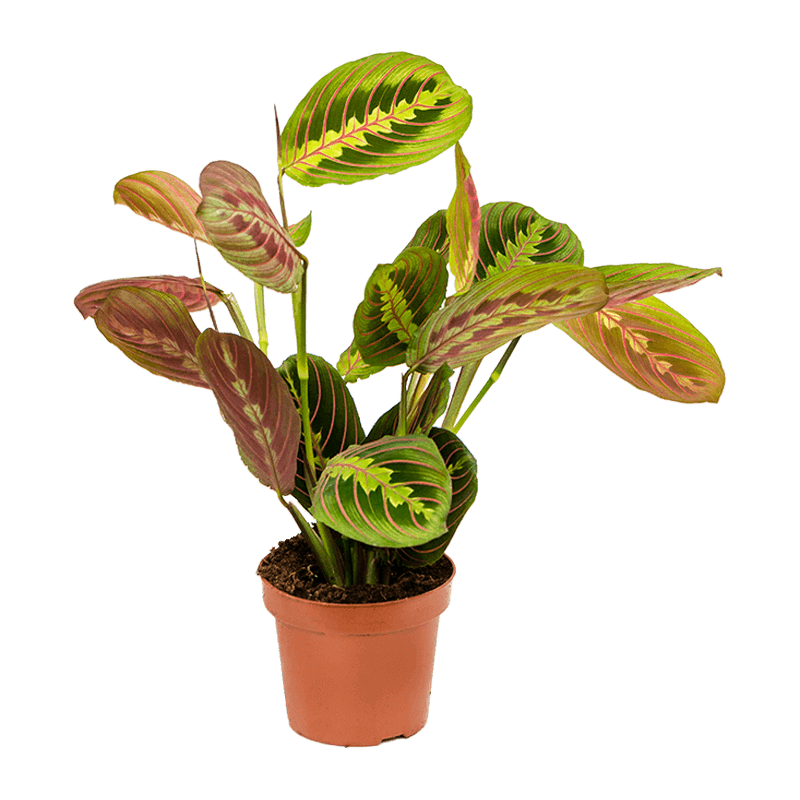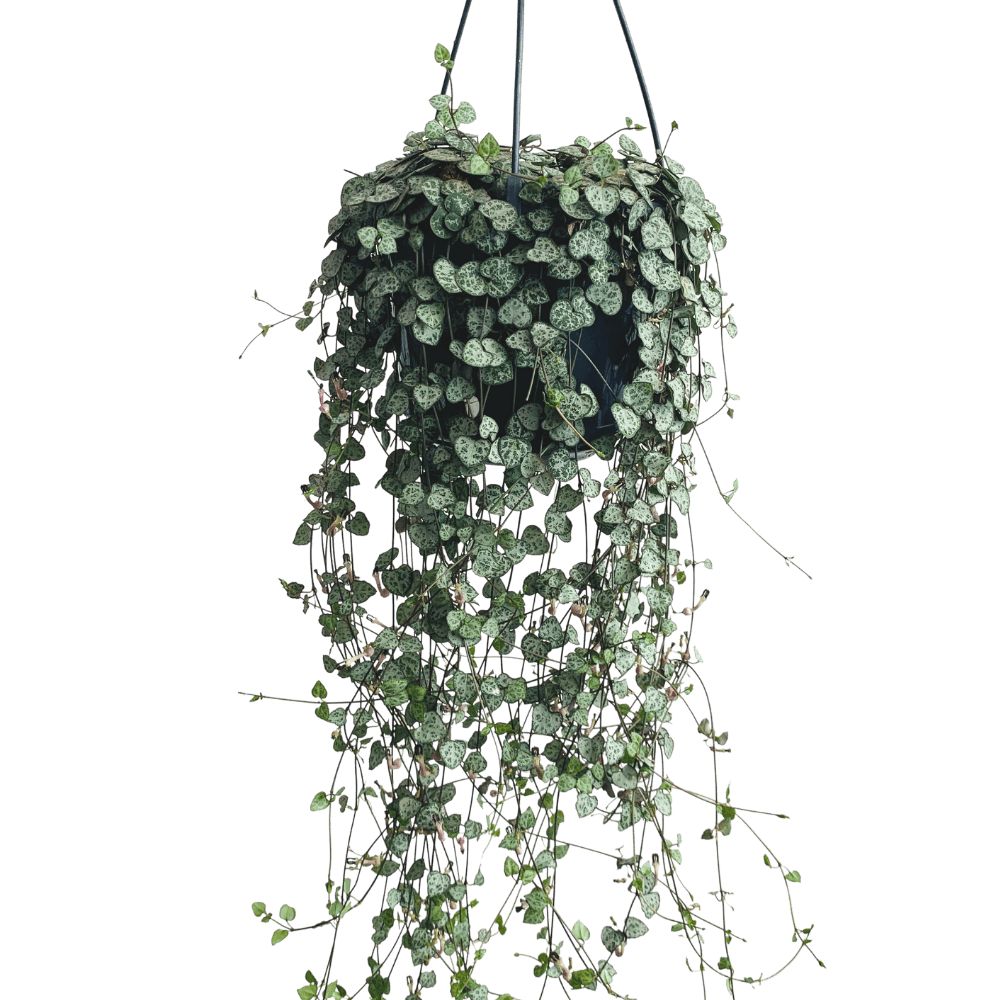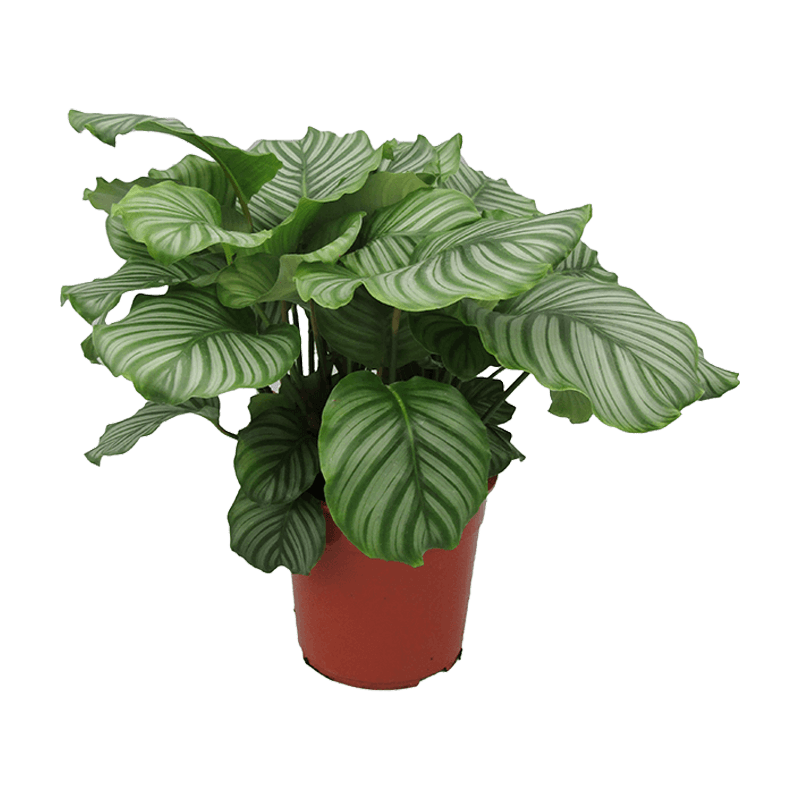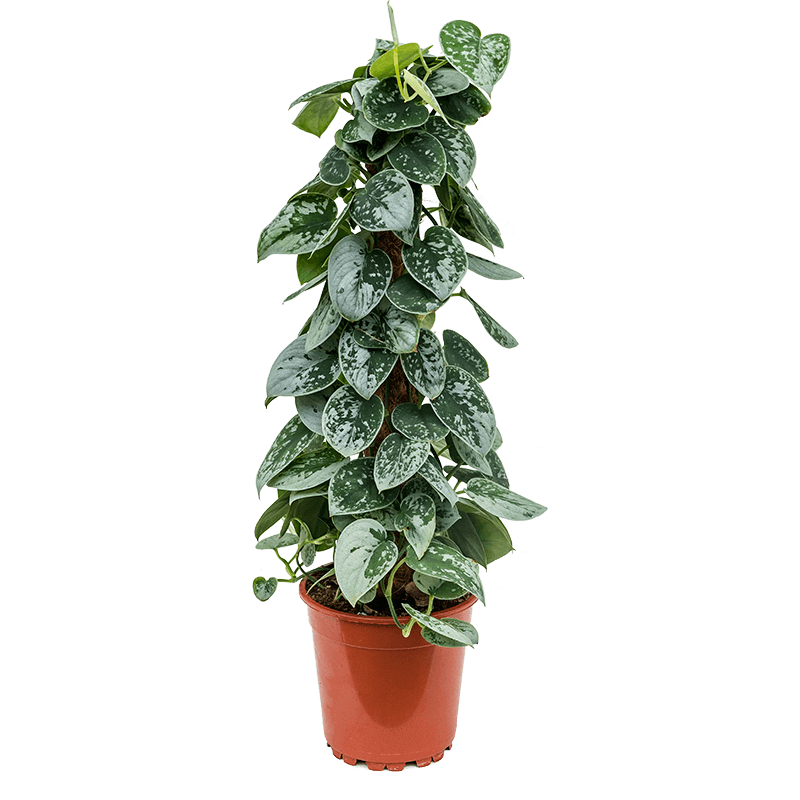how to care for coffea arabica
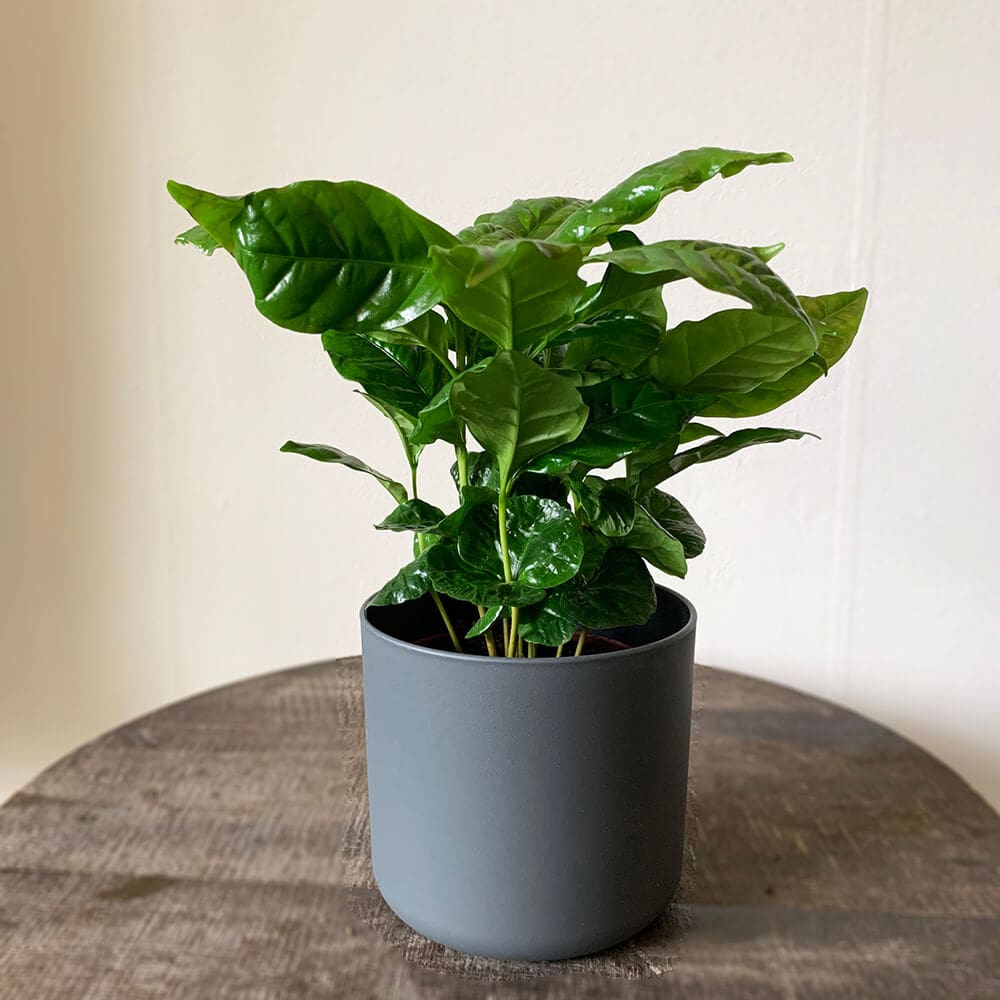
quick care guide coffea arabica
 |
Once a week in summer; once every 2 weeks in winter |
 |
Does best with bright, indirect sun but can also tolerate partial shade |
 |
Fertilize once every two weeks in the summer |
 |
The coffee plant itself is not toxic but the beans that may grow on the plant contain caffeine, which is not recommended for pets |
 |
Is an alright air purifier |
High humidity, bright indirect light, and moist, rich, well-draining and slightly acidic soil are the most important aspects of Coffee Plant care indoors. Provide mild temperatures between 18ºC and 27ºC, fertilize every 2-4 weeks during the growing season, and monitor for pests.
detailed care guide for coffea arabica
Scientific Name: Coffea Arabica (a.k.a. Coffee Plant, Arabian Coffee)
Origin: Ethiopia, tropical Africa
Light: Coffee plants prefer dappled sunlight or full sunlight in weaker latitudes. They are actually understory plants (existing under the forest canopy), and do not thrive in direct, harsh sunlight. They can adapt to lower light conditions but will grow slower.
Water: These plants are water lovers and require both regular and ample watering. The soil should stay evenly moist but not waterlogged. Never allow the soil to dry out completely.
Temperature: The optimal average temperature range for coffee plants is a daytime temperature between 21 to 27 degrees Celsius and a nighttime temperature between 18 and 21 degrees Celsius. Higher (hotter) temperatures can accelerate growth, but higher temperatures are not ideal for growing plants for their beans. The fruits need to ripen at a slow, steady pace.
Fertilizer: Feed with a weak liquid fertilizer throughout the growing season every couple of weeks. Cut the fertilizer back to once a month or even less in the winter.
Humidity: Because these plants naturally grow on the sides of tropical mountains, they thrive in highly humid conditions which usually receive plenty rain and fog. A 50% or higher humidity level should suffice. If the air is too dry, the leaf edges might start to brown. Mist the plant frequently to raise the humidity level.
Pruning: Regular pruning is required to control their height and will help them produce more bushy growth. You can pinch back a young plant and graduate to using hand pruners as it grows. The most common pruning you’ll do is to trim the top foliage to limit the plant’s height. This also stimulates bushier growth.
Re-Potting: Repot your coffee plant every (other) spring, gradually stepping up the pot size. Make sure the container has several drainage holes. If you want, you can prune the plant to the desired size, slightly restrict its pot size, and root prune to keep its growth manageable.
Propagation: The Coffea Arabica can be propagated from seeds or cuttings. For cuttings – select a straight shoot that’s about 8 to 10 inches long and remove all but a pair of upper leaves. Then, plant the cutting in a small pot of soilless potting mix, and keep the soil slightly moist. When you can gently tug on the plant and feel resistance, you’ll know roots have formed.
Diseases and Pests: Coffee plants will sometimes suffer from infestations of mealybugs, aphids, and mites. Signs of infestation include tiny webs, clumps of white powdery residue, or visible insects on the plant. Treat infestations as soon as possible to prevent them from spreading to the rest of your collection. Start with the least toxic treatment option first, only progressing to more serious chemicals if your initial efforts fail.
Toxicity: The Coffee Plant itself is not toxic. However, the coffee beans that it produces contain caffeine, which is not recommended for animals. Unripe and untreated coffee beans can make humans nauseous if ingested so we don’t recommend making your own coffee 🙂
coffea arabica origins & overview
Coffee beans grow on an attractive little plant with glossy green leaves and a compact growth habit. Native to Ethiopia, the coffee plant (Coffea arabica) will flower in the spring with small white flowers and then bear half-inch berries that gradually darken from green to blackish pods. Each of these fruits contains two seeds, which eventually become the coffee beans you use to brew coffee. In their native habitat, coffee plants grow into medium-sized trees. But growers regularly prune the plants to be a more manageable size, especially when the plants are grown indoors. The best time to start a coffee plant is in the early spring. (Note that you can’t grow coffee plants from the beans you buy in a store; those have been treated and roasted and will not sprout.) Even though coffee plants are vigorous growers, it will typically take a few years before your plant produces flowers and subsequent fruits.coffea arabica light requirements
As a plant that naturally grows in bright forest shade, the Coffea Arabica needs strong indirect light. It will scorch in harsh direct sun and quickly develop brown leaf spots and edges. Indoors, they prefer a location close to a bright window. They do well with a few hours of gentle morning sun: an east-facing window is often ideal. The plant can also adapt to lower light conditions (such as a west-facing window) but will grow much slower and will not flower or produce beans.
how to water the coffea arabica
The Coffee Plant is a fairly thirsty plant that likes more water than you might expect. You never want it to let it sit in soggy soil, but you’ll probably need to water at least weekly during the warm season. The plant uses less water in cool weather, so adjust as needed. One reason this is a good beginner’s plant is that it droops to let you know when it needs water – but don’t wait for wilting before you water! The plant will bounce back quickly, but it’s not a healthy practice to let it wilt regularly. The best way to water is to soak the soil and let the excess drain out. This helps cleanse the soil of residue fertilizers and ensures the soil is thoroughly hydrated. Let the top half-inch dry before rewatering, but don’t allow the soil to dry out completely. Ideally, the plant likes steady moisture around its rootball, but letting the surface dry helps keep it from becoming waterlogged.repotting the coffea arabica
You’ll generally need to repot your Coffee Plant every 2-3 years to keep up with its growth. They have an expansive root system that can easily become rootbound. Spring is the best time to repot. Only increase the container’s dimensions by one size: if the pot is too large, it can throw off your watering schedule and leave soil too wet. You can prune the roots instead of increasing the pot size, but it’s still important to refresh the old soil.

Decorative pots are approx. 11 cm.

Plants have a diameter of 11 to 13 cm.
Decorative pots are approx. 14 cm.

Plants have a diameter of 14 to 16 cm.
Decorative pots are approx. 17 cm.

Plants have a diameter of 17 to 19 cm.
Decorative pots are approx. 20 cm.

Plants have a diameter of 20 to 24 cm.
Decorative pots are approx. 25 cm.
extra small |
Plants - 8 to 10 cm diameter Pots - 11 cm |
small |
Plants - 11 to 13 cm diameter Pots - 14 cm |
medium |
Plants - 14 to 16 cm diameter Pots - 17 cm |
large |
Plants - 17 to 19 cm diameter Pots - 20 cm |
extra large |
Plants - 20 to 24 cm diameter Pots - 25 cm |


